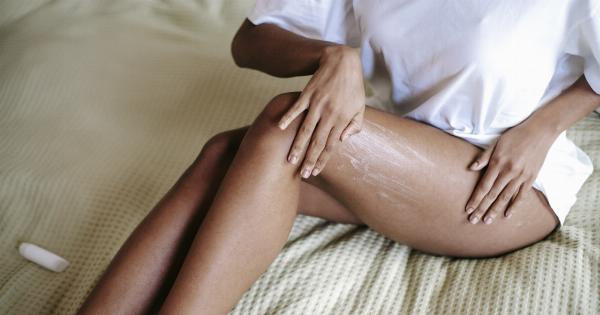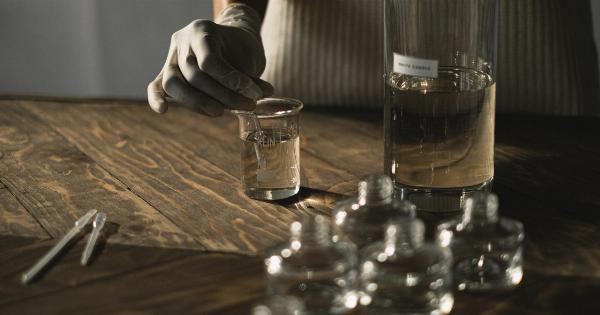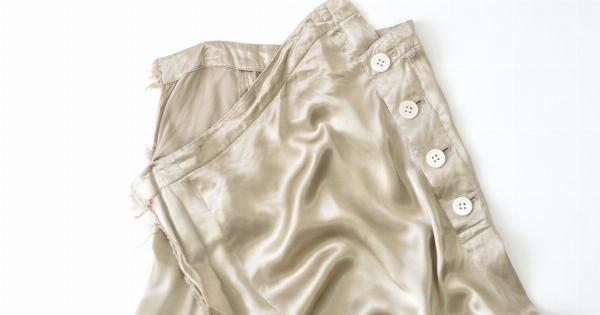Your belly button, also known as the umbilicus, is a small but significant part of your body.
While it might not receive much attention on a daily basis, taking proper care of your belly button is essential for maintaining good hygiene and overall health. In this article, we will explore the reasons why you should pay attention to your belly button and provide tips on how to keep it clean and healthy.
The Importance of Belly Button Hygiene
1. Preventing Infections.
Your belly button is a warm and damp area that provides the perfect environment for bacteria and fungi to thrive. If not cleaned regularly, these microorganisms can lead to infections such as navel yeast infections or belly button infections.
These infections can cause symptoms like redness, itchiness, discharge, and even a foul odor. By keeping your belly button clean, you can minimize the risk of developing these unpleasant infections.
2. Avoiding Odor.
A neglected belly button can become a breeding ground for bacteria, which can cause an unpleasant odor.
It is important to remember that your belly button accumulates sweat, dead skin cells, and other debris throughout the day, creating an ideal environment for bacterial growth. Proper hygiene practices can help eliminate these odor-causing bacteria and keep your belly button smelling fresh.
3. Preventing Belly Button Stones.
Have you ever heard of belly button stones? These are small, hard, and often smelly deposits that can form in your navel. They are a combination of dead skin cells, sebum, sweat, and bacteria.
Poor hygiene and neglect of your belly button can contribute to the formation of these stones. Regular cleaning and care can help prevent their formation and eliminate any existing stones.
Tips for Belly Button Care
1. Cleaning.
Start by gently washing your belly button with warm water and mild soap. Avoid using harsh chemicals or excessive force, as it can irritate the delicate skin in and around the area.
After washing, make sure to dry the area thoroughly, as moisture can promote bacterial growth.
2. Cotton Swabs.
If you notice any dirt or debris stuck in your belly button, you can use a cotton swab dipped in warm water to gently remove it.
Be careful not to push the dirt further into the belly button; instead, aim to clean the area without causing any discomfort.
3. Saltwater Solution.
If you have an infection in your belly button or notice any signs of redness or inflammation, you can use a saltwater solution for additional cleansing and relief.
Dissolve half a teaspoon of salt in a cup of warm water and use a cotton ball to apply the solution to your belly button. Leave it on for a few minutes, then rinse with warm water and pat dry.
4. Keep It Dry.
Moisture can encourage the growth of bacteria and fungi, so it is crucial to keep your belly button dry. After showering or cleaning, make sure to thoroughly towel dry the area.
Additionally, avoid wearing tight-fitted clothing, as it can trap moisture and promote the development of infections.
5. Avoid Overcleaning.
While it is essential to keep your belly button clean, overcleaning can strip away the natural oils that protect the skin and disrupt the balance of good bacteria.
Stick to gentle cleaning practices and avoid using excessive amounts of soap or other cleansing products.
Signs of Belly Button Problems
It is crucial to pay attention to any changes or abnormalities in your belly button, as they can indicate underlying problems that require medical attention. Some signs to watch out for include:.
1. Persistent redness or inflammation.
2. Discharge or pus.
3. Foul odor.
4. Pain or tenderness.
5. Swelling or a lump.
If you experience any of these symptoms, it is recommended to consult a healthcare professional for a proper diagnosis and treatment.
Preventing Belly Button Infections
1. Maintain Good Hygiene.
Regularly clean your belly button, as described earlier, to prevent the buildup of bacteria and other microorganisms that can cause infections.
2. Avoid Touching with Dirty Hands.
Make sure to wash your hands thoroughly before touching your belly button. Dirty hands can transfer bacteria and increase the risk of infections.
3. Dry Thoroughly.
As mentioned earlier, keeping your belly button dry is essential. Make sure to dry it thoroughly after cleaning or showering to prevent moisture-related infections.
4. Choose Breathable Fabrics.
Avoid wearing synthetic or tight-fitted clothing that can restrict airflow and trap moisture. Opt for breathable fabrics like cotton, which allow better ventilation and reduce the risk of infections.
When to Seek Medical Attention
In most cases, proper hygiene and regular cleaning should be sufficient to keep your belly button healthy. However, certain situations may require medical attention. These include:.
1. Ongoing Infection.
If you have followed proper cleaning practices for a few days and the infection or symptoms have not improved, it is advisable to consult a healthcare professional. They may prescribe topical or oral medications to treat the infection.
2. Belly Button Piercings.
If you have recently got your belly button pierced and notice any signs of infection, such as excessive redness, swelling, fever, or pus, seek medical attention promptly. Infections in piercing sites can lead to serious complications if left untreated.
3. Unusual Symptoms.
If you experience any abnormal symptoms like severe pain, discharge with an unusual color or consistency, bleeding, or a lump in your belly button, it is crucial to consult a healthcare professional for a proper diagnosis.
A Clean and Healthy Belly Button
By following the tips mentioned above and incorporating good hygiene practices into your routine, you can ensure a clean and healthy belly button.
Remember that proper belly button care is not just about physical appearance but also about preventing infections and maintaining overall well-being.



























